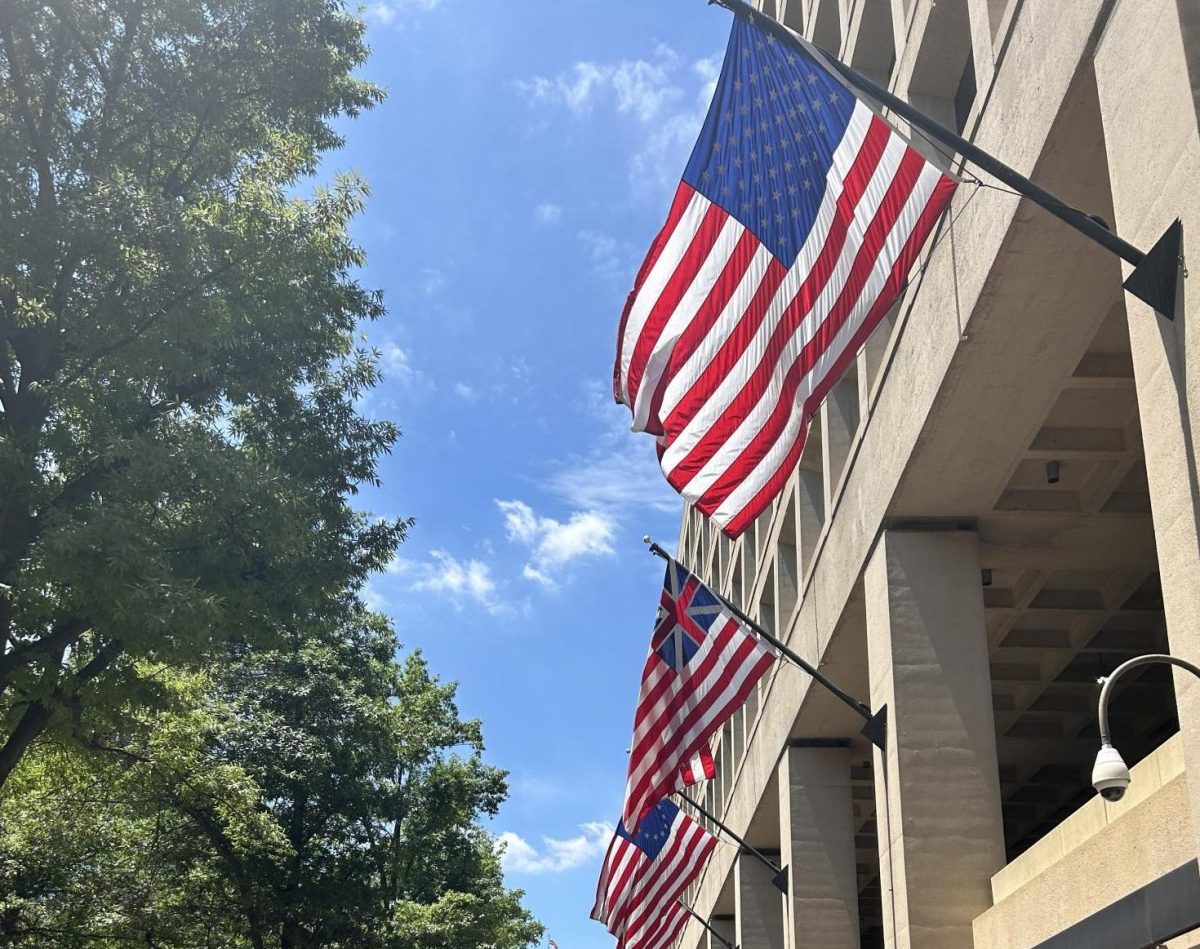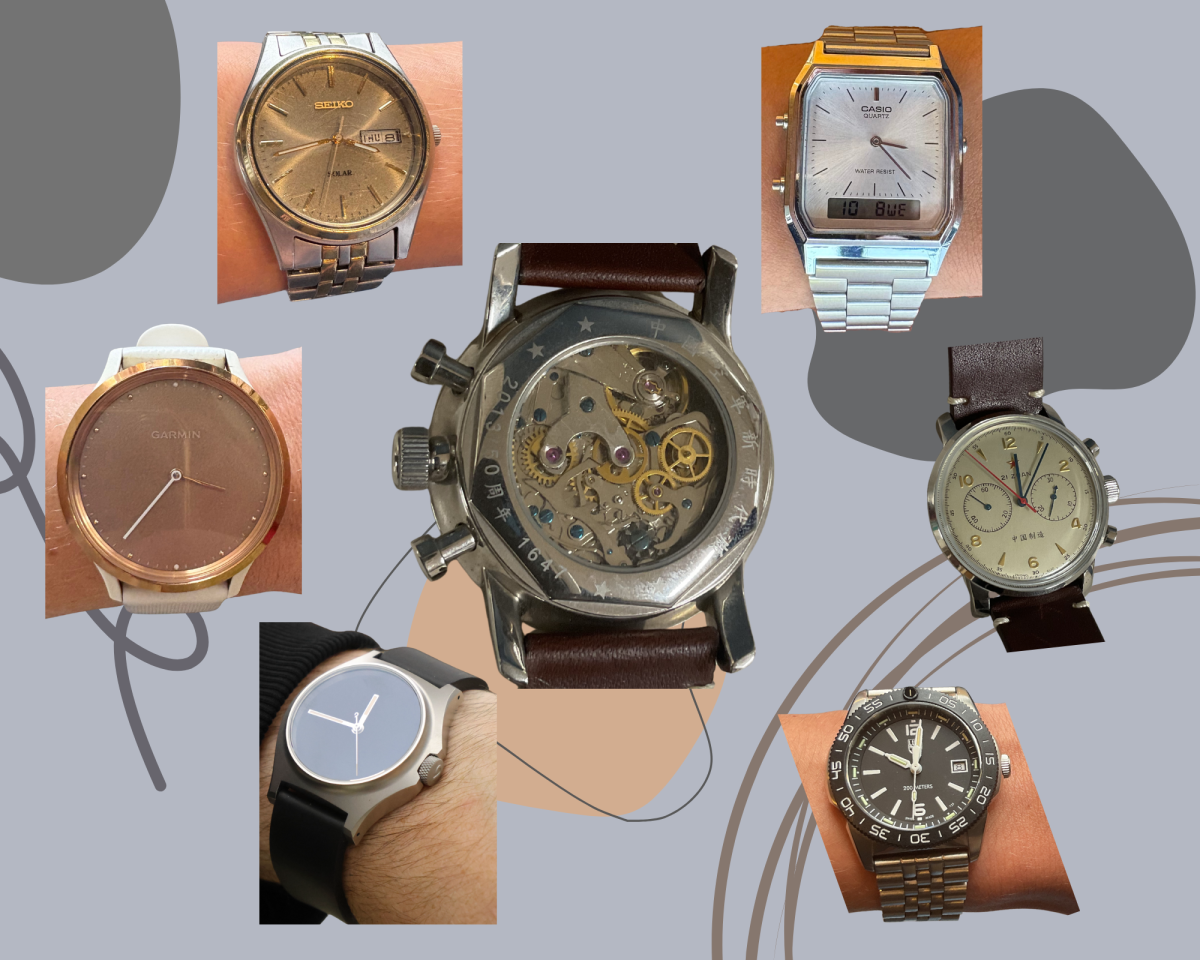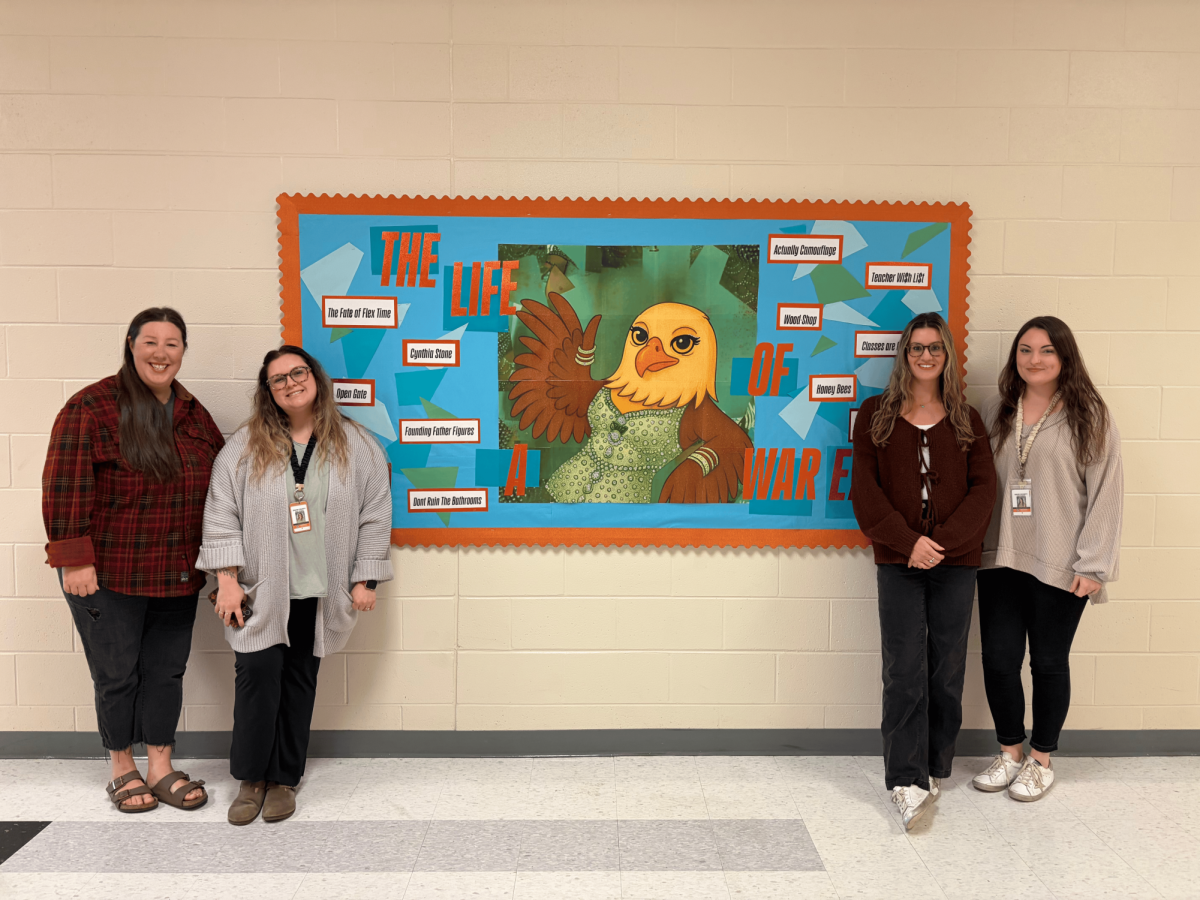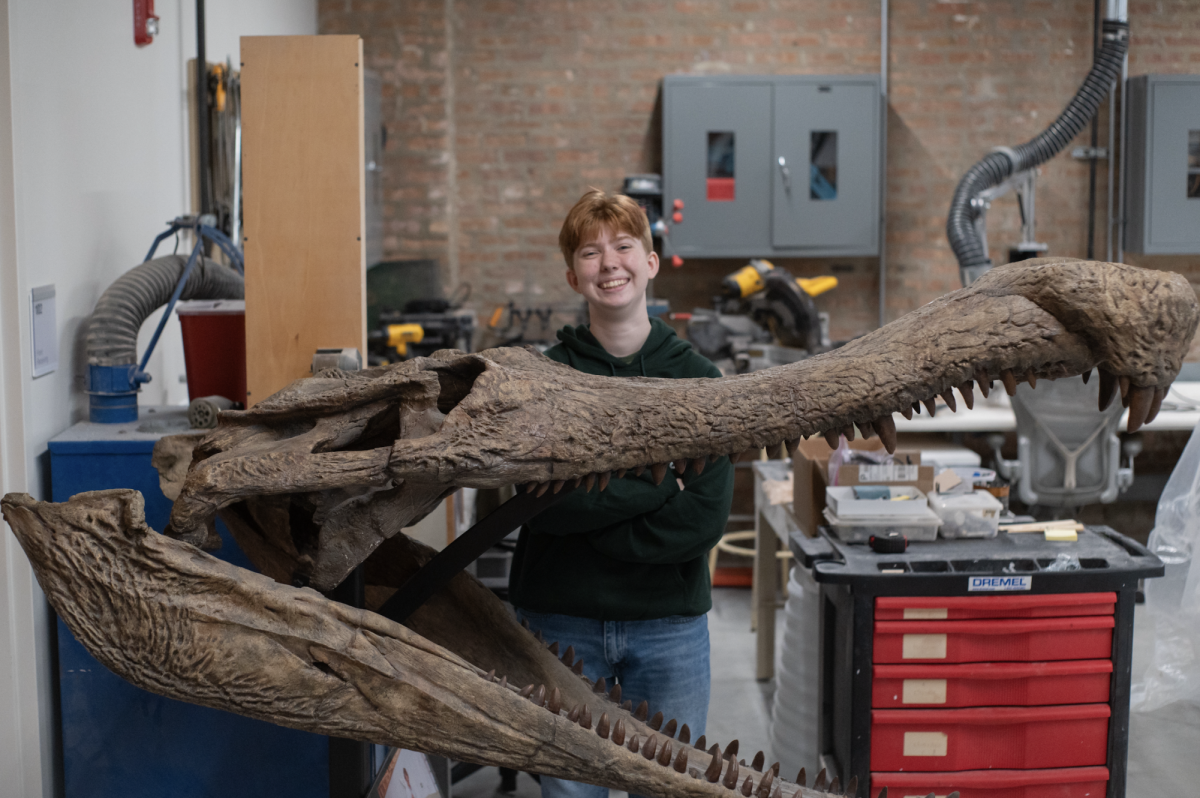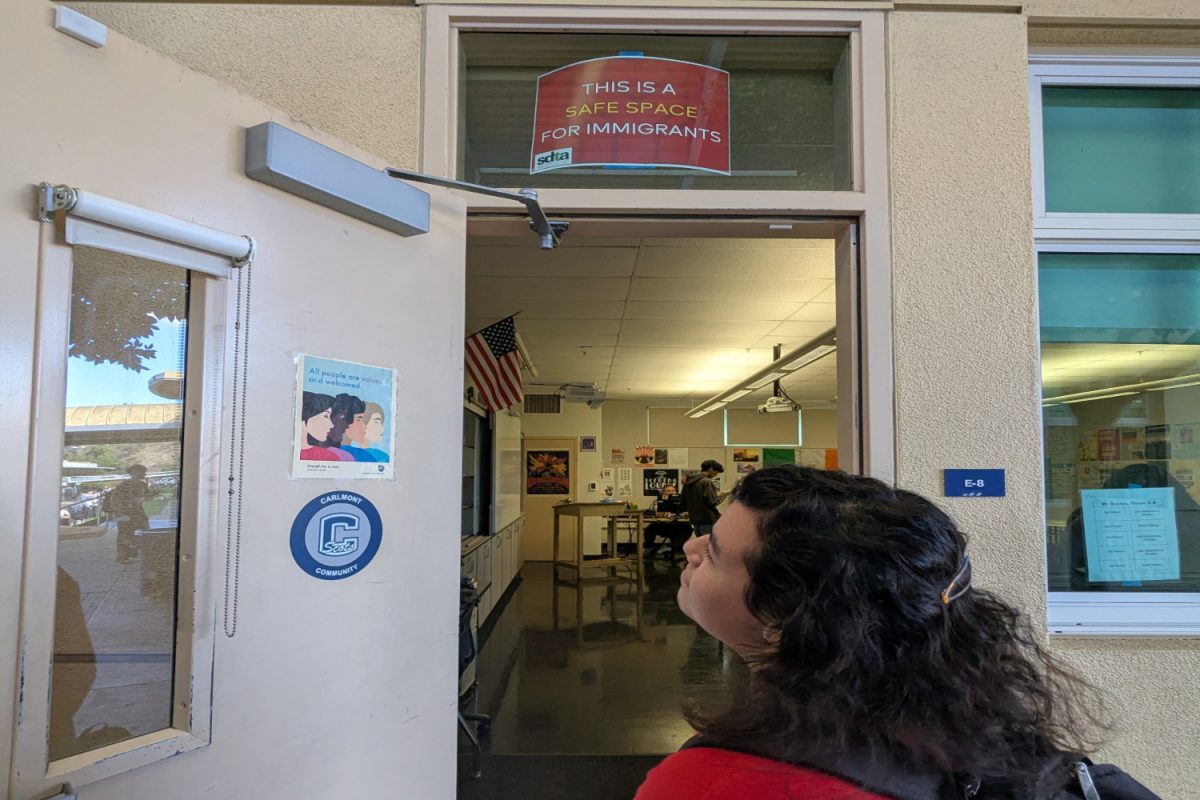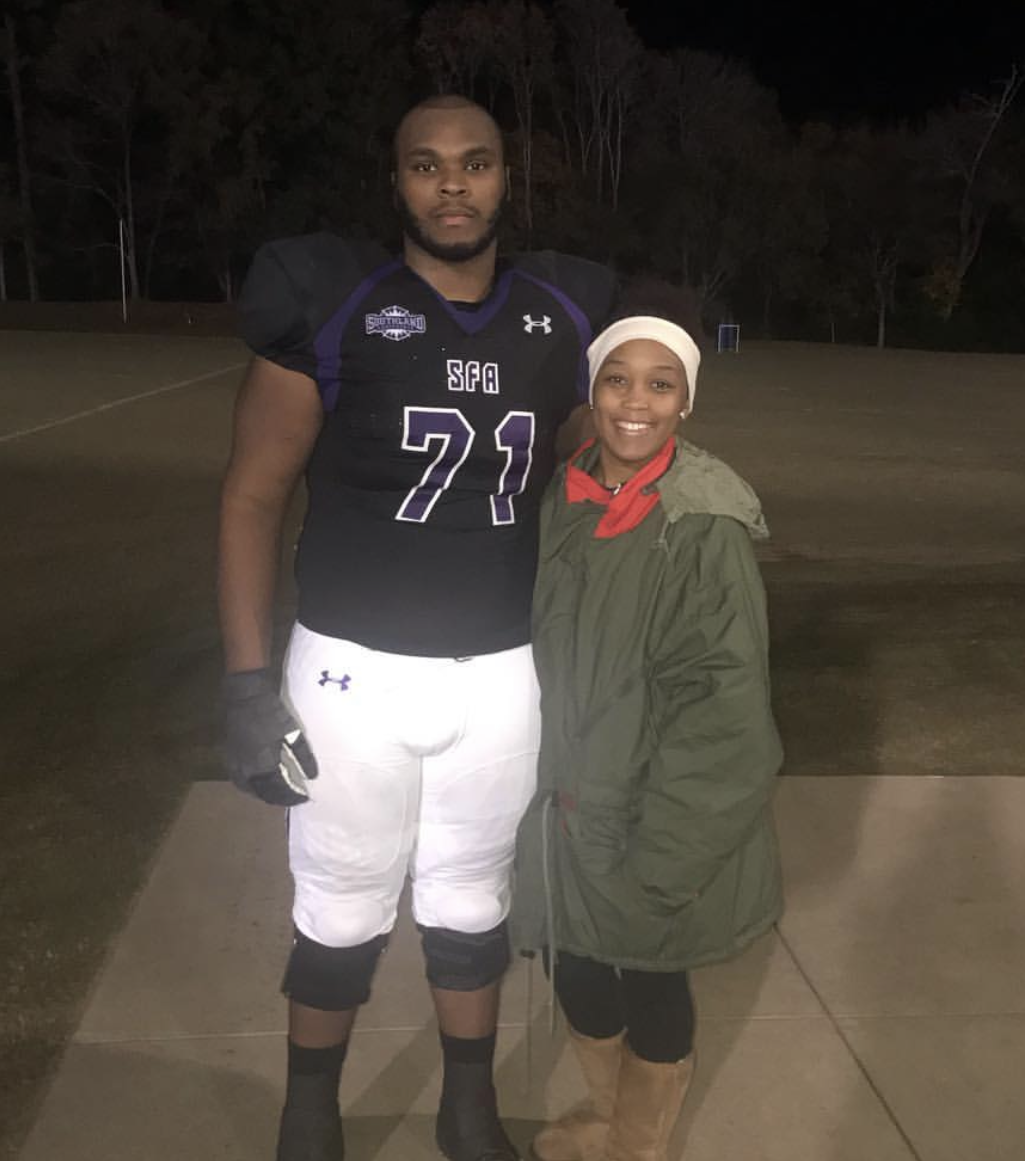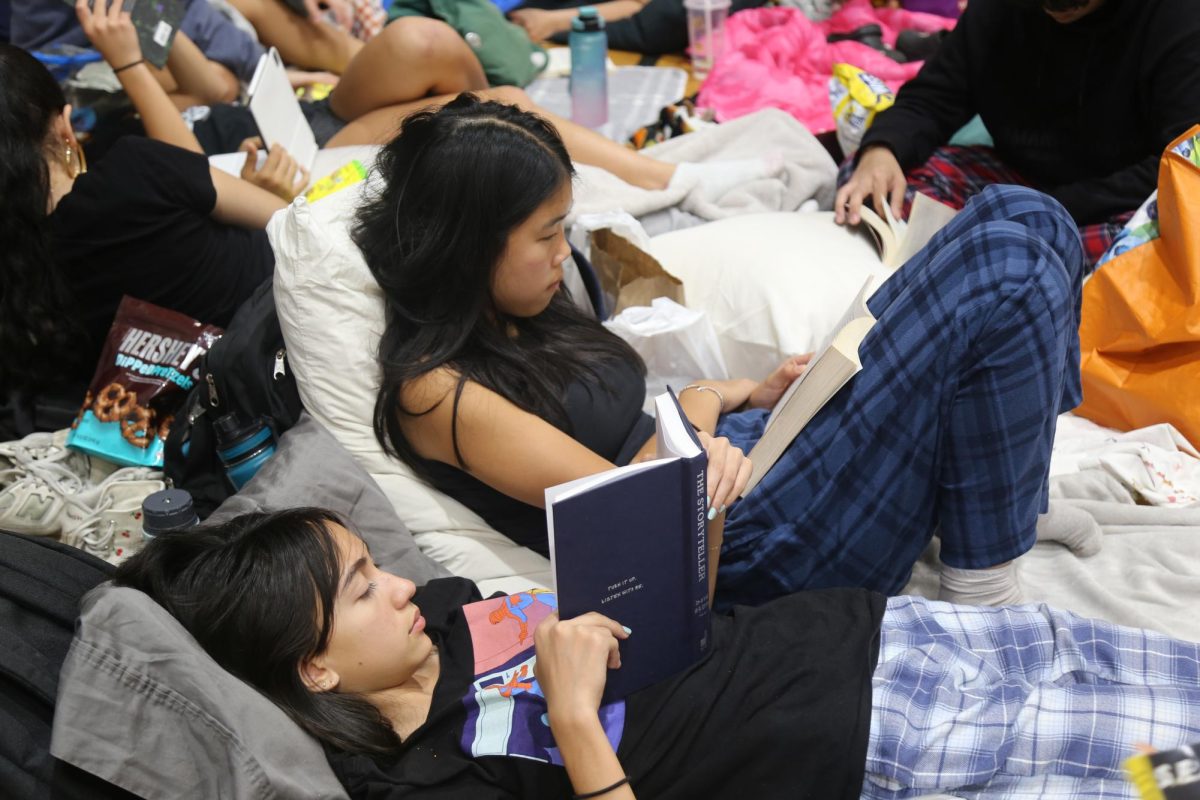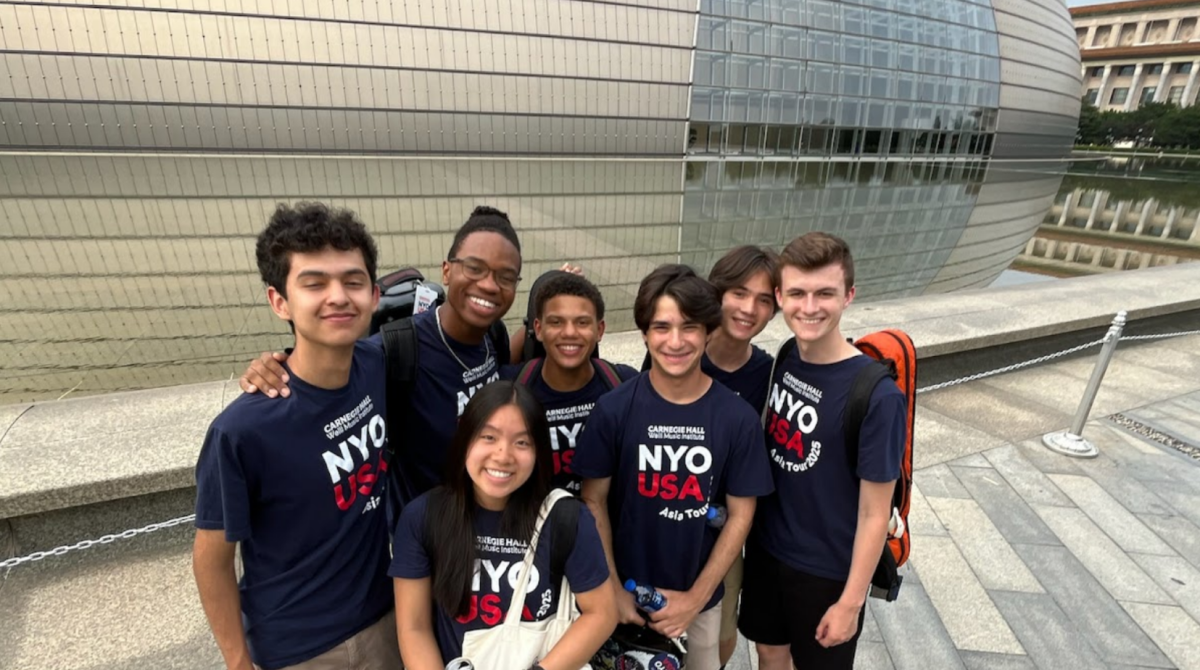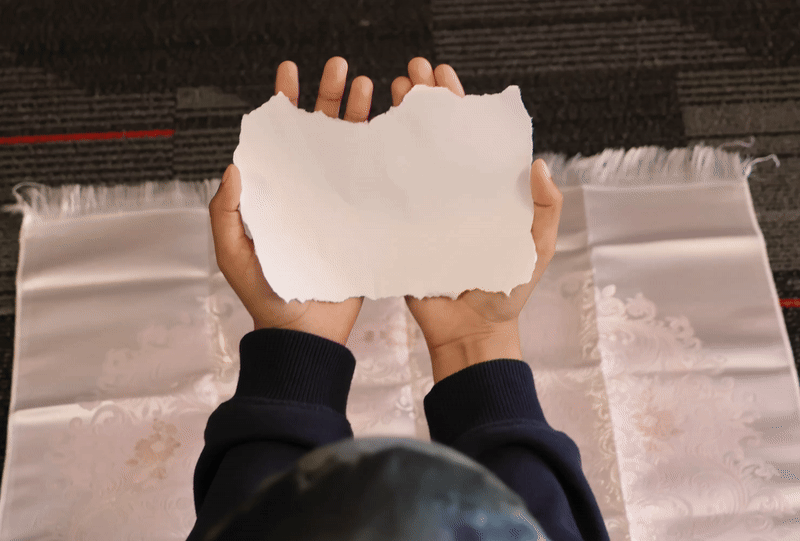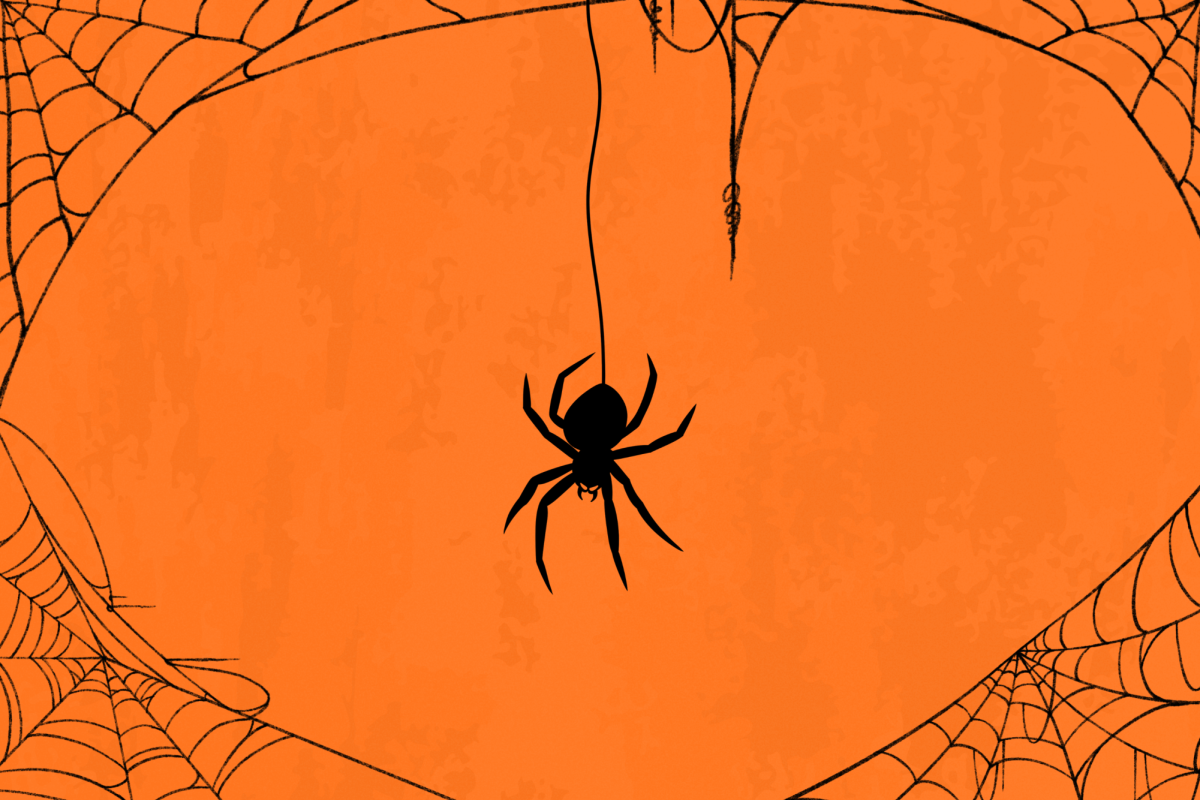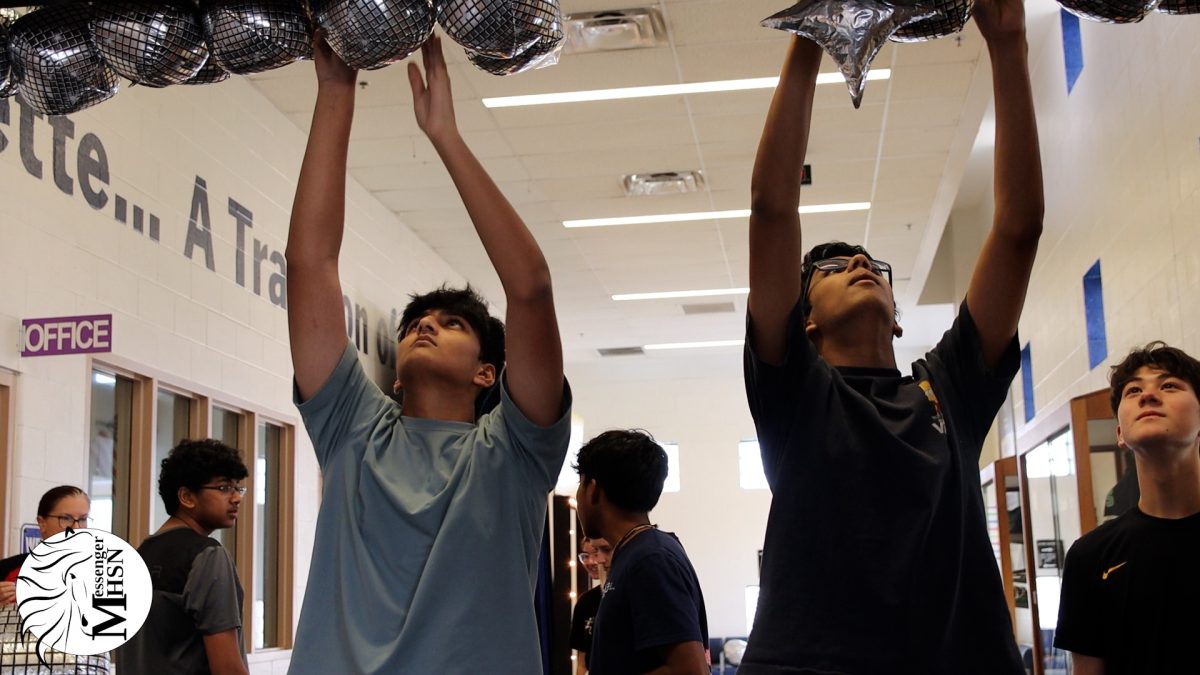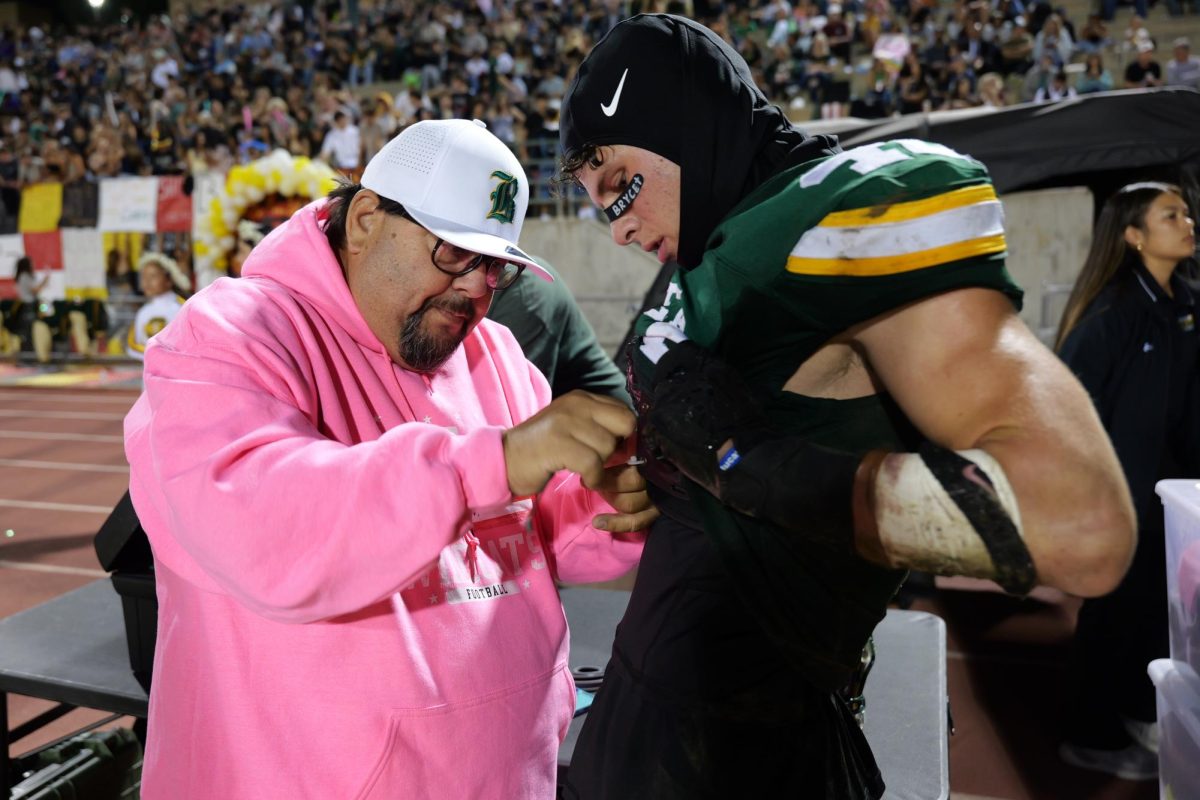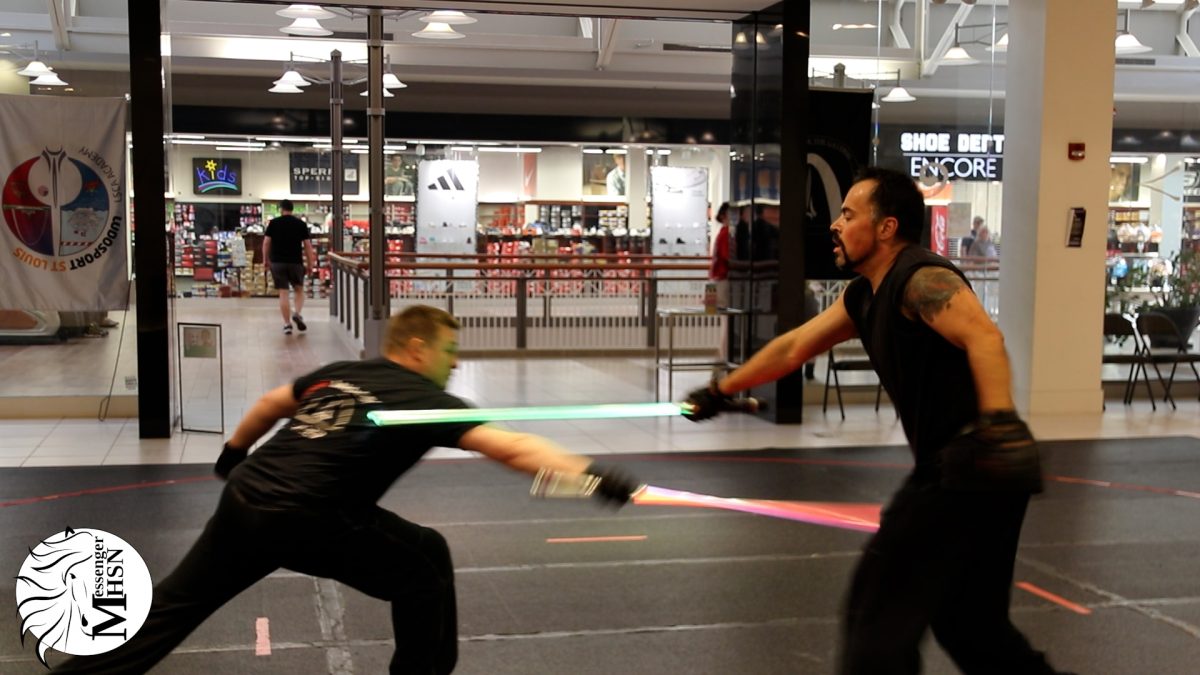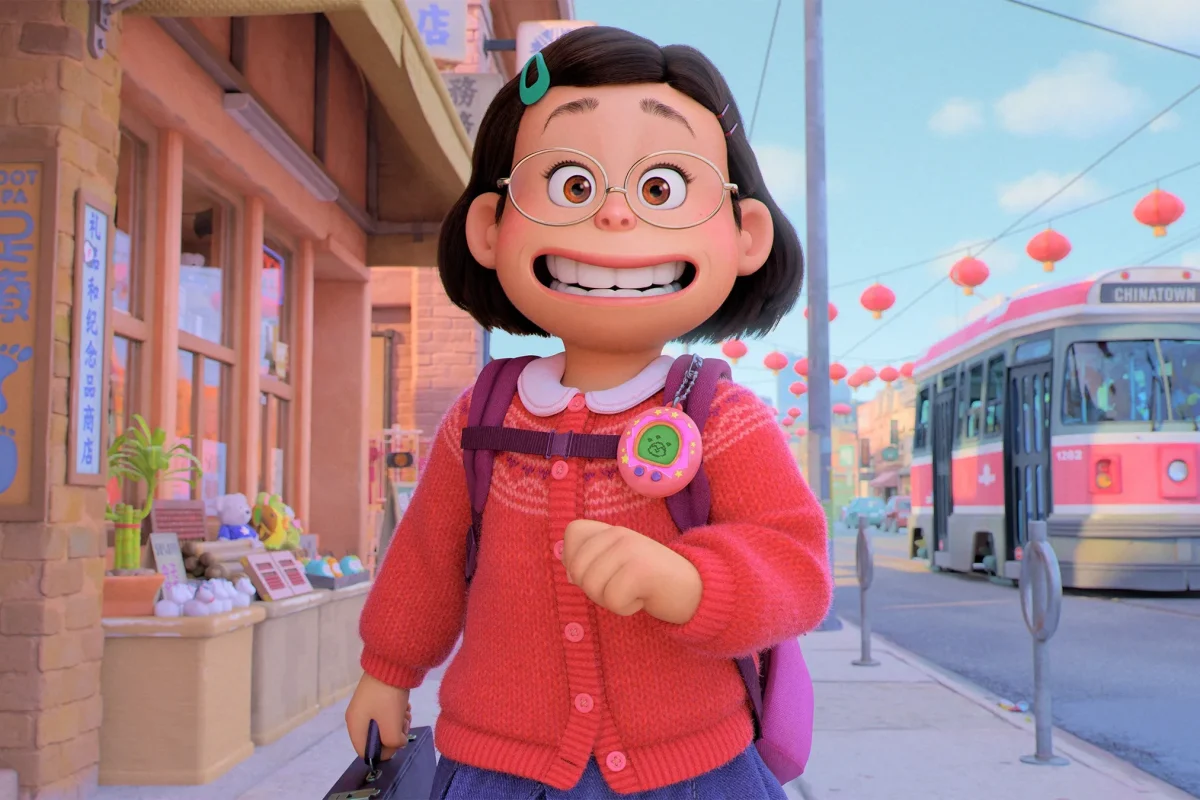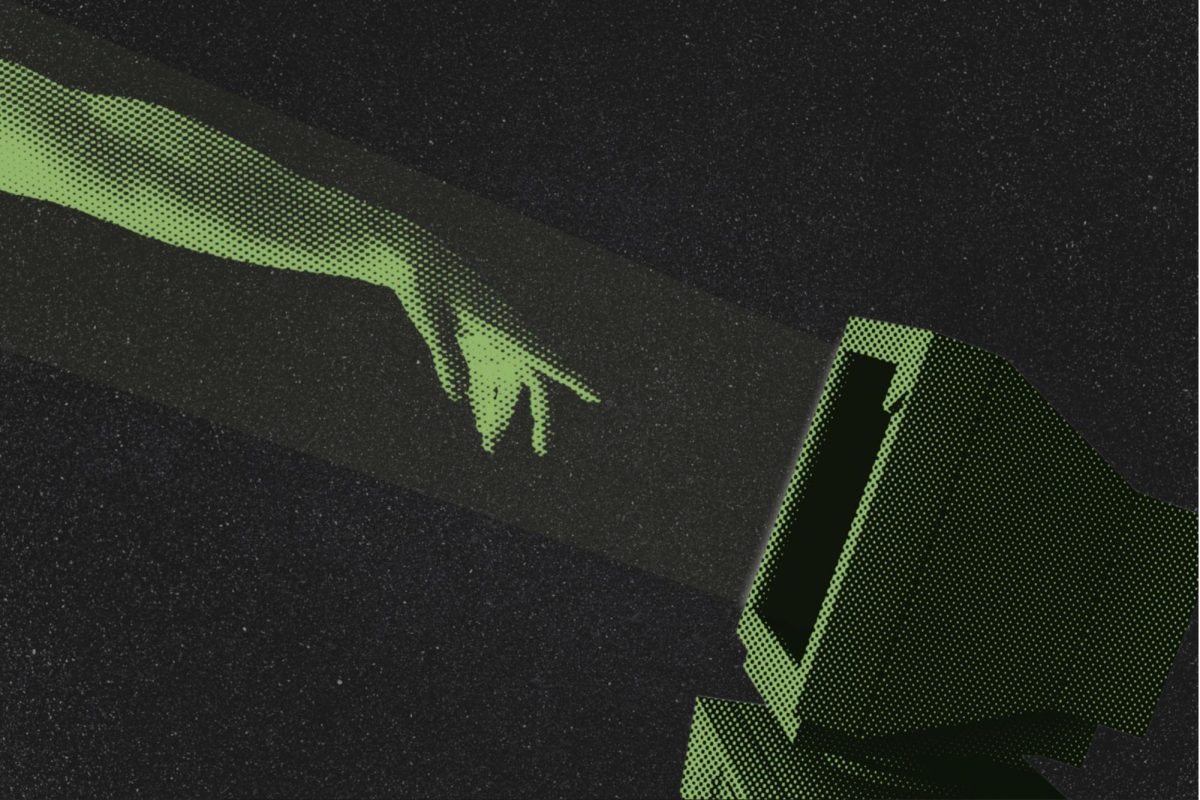As the film’s credits begin to flash and the dimmed lights in the theater slowly turn on, animator Bruce Kuei feels nothing but contentment and pride as he watches the audience whisper admiringly about the emotional impact and technical quality of his latest work. As an animator who occasionally serves as the Fix Animation Lead at Pixar, Kuei has worked on numerous beloved animated films — “Coco,” “Inside Out” and “Ratatouille” to name a few — and believes that connecting with audiences through film is what being an animator is all about. One way that Kuei has impacted and bonded with communities is by working on ethnically diverse films, such as 2022’s “Turning Red.”
“There’s nothing more rewarding than when a movie is over and you hear sniffles, or people crying,” Kuei said. “To see them really connecting with your movie, and people saying to each other, ‘Wow, that was so great.’”
Kuei’s movie “Turning Red” is a fantastical story that features pre-teen Mei Lee, who faces a furry predicament caused by both puberty and an ancient curse that runs through her family. The curse causes her to turn into a large red panda whenever she is faced with strong emotions. While it boasts a 95% Rotten Tomatoes score and rave reviews for its ability to break free from traditional “family-friendly” animation, “Turning Red” also faced harsh criticism for its convoluted depiction of Chinese-American families, as well as for its emphasis on taboo topics such as puberty and menstruation — seen as “inappropriate” for Pixar’s younger audiences.
While Kuei acknowledges that films often exist within the “gray, subjective area” between cultural appreciation and cultural appropriation, he believes that Pixar’s creative goal with “Turning Red” was similar to that of the development of 2017 film “Coco” — to feature authentic cultural representation of ethnic groups. Taking his Asian American heritage and familiarity with his culture into account, Kuei made it his responsibility to ensure that “Turning Red” remained an authentic depiction of an Asian American upbringing despite not being in a directing role. He recalls requesting the director to modify a scene where a woman taps chopsticks on a glass to get everyone’s attention — an impolite gesture in Chinese culture — and was pleased to find out that the director took his feedback.
“There would be scenes when Mei was doing homework, and the mom comes in with a plate of fruit that she cut up for her,” Kuei said. “That’s something we grew up experiencing — our parents totally did that. It’s little things like that. Even though we’re not in charge of the overall story, there are individual scenes animators get to inform with our cultural knowledge.”
Contrary to Kuei’s positive outlook on “Turning Red”’s cultural representation, junior Carolyne Chiang believes that depictions of Asian Americans in media are often blatantly stereotypical and present a warped version of Asian culture. For example, critics have berated the recently released “Lilo & Stitch” live action for brutally misrepresenting the familial “ohana” tradition in Hawaiian culture. For “Turning Red,” Chiang disliked the movie on the grounds that it reverted back to overdone cultural stereotypes of Asian American looks and attitudes.
“I kind of disliked ‘Turning Red’ and felt it was a little cringe,” Chiang said. “It was a little stereotypical, and it didn’t do Asian culture justice. It painted the main character as a nerd with glasses, and she was very stereotypically chubby.”
Although Kuei believes the fruit scene was based on a widely relatable experience in the Asian American community, he acknowledges that the nerdy model minority is a common trope for Asian American characters in mainstream media, putting it on the edge of stereotyping. To him, intent is a major factor in navigating this delicate balance.
“If the intent is to show something that is respectful — that we’re not trying to denigrate in some way — then you can show something that’s kind of a trope,” Kuei said. “As long as you approach it with honesty, with authenticity and respectfulness in mind, that’ll always be a good guiding light to your creative decisions.”
Senior Saarika Nori adds that due to the vast diversity within Asian cultures, she doesn’t expect any one piece of media to encompass the entire breadth of the “Asian experience.” Instead, she appreciates that “Turning Red” filled a gap in media by representing Chinese American culture from a new lens. Similarly, she appreciates that the popular television series “Bridgerton” portrays two South Indian women as “the pinnacle of beauty in a Eurocentric society,” because to her, it subtly shifts western beauty standards to be more inclusive.
Chiang agrees that portraying both variety and depth of experience is crucial to representation, recalling a discussion from her art class about the film adaptation of “The Joy Luck Club.” By centering on Asian American characters with complex family dynamics and traumas, the movie pushed Asian American visibility beyond nerdy side characters — a major step for representation in mainstream media. Nori aspires to a similar standard of depth and unique perspective by developing queer Indian characters in her own art.
“It’s a very niche spot in my culture that a lot of people relate to but isn’t addressed in mainstream media,” Nori said. “Indian culture isn’t humanized all that often — we’re very much known for our colorism and the caste system — but I think making queer Indian characters lets people see those are people too. Those are people with struggles that aren’t just these few things that the whole race is known for.”
Nori plans to study animation and go into the media industry partly because she wants to shed light on the Asian American experience, a sentiment she shares with Kuei. However, Kuei stresses that his work is ultimately about connection, sometimes transcending racial and ethnic bounds. For example, he attributes the surprisingly large success of “Coco” in Asian countries to the shared value of family between Mexican and Asian cultures. As a result, Kuei says representing diverse ethnicities should be seen as one of multiple vital methods of creating connections between media and audiences.
“We humans will always want to connect with each other, with a story that we identify with,” Kuei said. “And if you can make a movie and have it reach audiences in a way that they didn’t expect and reaffirm their belief in life on earth, then that’ll all be worth it.”
This story was originally published on El Estoque on May 27, 2025.


